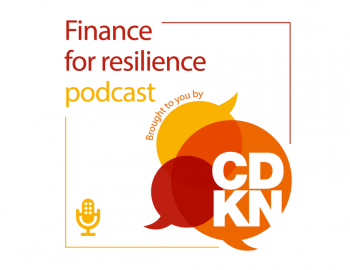Policy Brief : Effective support for climate change adaptation: Key tasks for the Green Climate Fund in 2015
Policy Brief : Effective support for climate change adaptation: Key tasks for the Green Climate Fund in 2015
Share this:
Resource detail:
Date:
Author:
CDKN Global
Type:
Policy briefs
Tags:
adaptation,
climate finance,
Green Climate Fund,
UNFCCC
The Green Climate Fund (GCF) made significant progress in 2014. By the end of the year, donor governments had committed an initial US$10.2 billion. Half of this sum will be devoted to adaptation, making the GCF the biggest multilateral adaptation finance institution in the world. The GCF’s first decisions on use of the funds are due to be taken in late 2015, in the run-up to the 21st Conference of the Parties to the United Nations Framework Convention on Climate Change (UNFCCC COP21), to be held in Paris, France. This policy brief looks at some of the key issues facing the GCF if it is to become established as an effective financier of adaptation activities, during this critical year and beyond.
Key messages:
- The GCF will become the largest multilateral institution providing climate adaptation finance.
- The success of adaptation initiatives funded by the GCF will depend, in part, upon cross-cutting parameters such as the GCF’s investment framework, the initiatives’ gender policies and the strengthening of stakeholder involvement and country ownership. Nonetheless, some adaptation-specific issues emerge.
- The GCF can promote effective country- and locally-owned adaptation in 2015 by: capitalising on the experience of existing National Implementing Entities; piloting ‘small grants’ approaches
under a framework of enhanced direct access; and considering key adaptation aspects in the design of the investment and accountability frameworks. - The potential of the GCF’s Private Sector Facility to promote effective adaptation to climate change is still uncertain; several fundamental decisions about its operation are due to be taken in 2015, which will set its future course.
Image credit: CIAT



